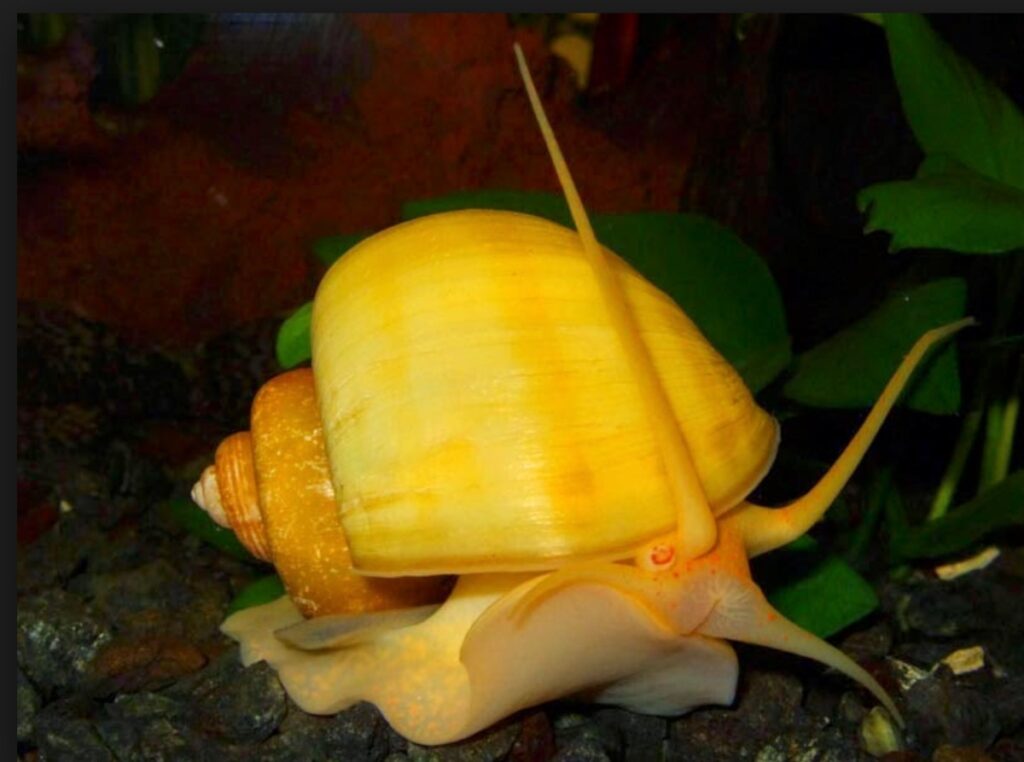Snails are classified as molluscs because of the strong shell that protects their body. Most of its species are tiny creatures, just a few inches long and weighing a few grams. They are the animals with the greatest presence on the planet, after insects, and can be located in very diverse habitats. To find out about the Characteristics of the Snail, we invite you to continue reading this article.

Characteristics of the Snail
The snail comes to represent a huge group of mollusks called gastropods whose most outstanding feature is its spiral shell. There are marine, terrestrial and freshwater snails that are highly valued by humans, primarily for culinary and collection purposes. There are more than 75,000 living varieties of snails.
Physical description
Despite having a shell, they tend to move like worms and very slowly. They generate a mucus or what is known colloquially as "baba" that allows them a more fluid movement since it reduces friction with the ground. It is also useful to regulate the temperature of your body, as well as to prevent both wounds and parasites and to ward off dangerous insects such as ants.
Its shell grows as the creature develops and is primarily made up of calcium carbonate, so its diet must be abundant in this element for a healthy and resistant shell to be generated. When a snail retracts into its shell, they often cover their entrance with a structure called an operculum. At the time of hibernation, whether in winter or in dry seasons, the snails usually seal themselves, for which they block the entrance with the operculum, which is subsequently destroyed due to the spring humidity.
Certain species hibernate in a group, while others tend to bury themselves before that stage arrives. The size of these molluscs usually varies according to the species. The largest land snail is the African giant, which can be over 20 centimeters long. In fresh water, the largest is the so-called giant apple snail, which usually reaches 15 centimeters in diameter and can weigh about 600 grams.
The largest that has been known is the marine variety called Syrinx aruanus, which lives in Australia and usually measures up to 91 centimeters long and weighs 18 kilograms. Snails usually carry a multiplicity of parasites that affect the animals that feed on them. They are even considered flu vectors.
Types of Snail
There is a great variety of snail species, without their quantity being known for sure, below we present the most representative types:
Marine snails: Sea snails or marine snails is how those that usually live in salt water are frequently called and are classified as marine gastropod molluscs.
fresh water snails: A freshwater snail is a variety of freshwater mollusk, the other variety is made up of freshwater clams and mussels.
Land Snails: These snails live on land, in contrast to those that live in salt water and fresh water. Land snails are terrestrial gastropod molluscs that have shells, (those that do not have them are usually called slugs)
Food
In order to keep their shells in good condition, snails usually eat small stones with calcium, gnaw certain animal bones or eat plants with this element. Leaves, stems, plant genres, bark, fruits, mushrooms, algae or decomposing organic matter are part of their diet, depending on the type of snail.
Reproduction
Snails, given their quality as hermaphrodites, can generate both ovules and sperm, although certain varieties such as the apple snail do show sexual dimorphism. Garden snails internally fertilize their ovules by inseminating each other. Copulation can last from four to seven hours. The eggs, whose number can amount to a hundred, are usually buried a few centimeters under fertile soil. After a dozen or a month, depending on the climate, the offspring are born. They usually carry out their laying once a month.
Habitat
They can be found in almost all environments, but primarily in fresh and salt water as well as on land, constituting the only group of molluscs that, having this characteristic, usually stays on land.
Snail Predators
Because of its size and because it is not an easy prey, the snail has many predators, including other snails of different species. Among its most important predators are beetles, turtles, snakes, batrachians, worms and birds such as the snail hawk, which usually successfully hunts these gastropods that usually live in lagoons. Centipedes, on the other hand, are experts at feeding on their eggs.
Other risks faced by these molluscs is contamination of water and soil, as well as acid rain that usually deteriorates their shells and ends up killing them. Throughout the planet, the snail is usually an ingredient in various haute cuisine dishes, since it has always been considered a delicacy by humans. Due to this, they are usually captured in huge quantities for gastronomic purposes.
You may also be interested in these other articles:

